IS TIDAL THE HOLY GRAIL OF MUSIC STREAMING?

I was really in love with all the features offered by Rdio when Tidal came out yesterday. However, Tidal is lossless and Rdio isn't. Is that enough to switch streaming vendors? Well, a comparison is in order.
SOUND QUALITY
Even though I haven't done an ABX test, I am just going to give Tidal the edge in sound quality. Some would say it would be a slight edge over 320K on good day.
Coincidentally, I was comparing Norah Jones "Come Away with Me" album that I have in lossless format on my computer with Rdio over the last weekend (before Tidal was released). To my ears, they were slightly different, but I didn't really prefer lossless over Rdio in this case. I will say that I have always ripped my CDs in lossless because I might hear a difference on some albums and I don't have time to test every single file.
Winner: Tidal
CURATION
Tidal is very weak in this area. They have a section under an individual artist that has similar artists listed. Rdio also has this feature, but they also have "inspired by" and "influenced" to give more context into an artist. Both services appear to use the incredible ALLMUSIC for their Biographies, so no one gets an edge in that area.
Winner: Rdio (by a long shot)
EXTRA FEATURES
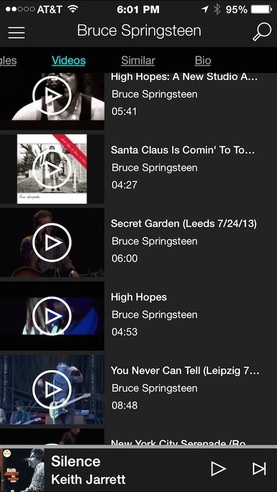
Tidal has a landscape mode (see pic below) on the iPhone that I found useful. It allows you to control the song/album that is playing, but it falls short in some ways, too. You have to put the phone back in portrait mode to get off of that screen if you want to listen to something else.
Rdio has its own set of unique features. By far the most unique is that ability to remotely control the Rdio desktop app from the iOS app. Therefore, if you have Rdio running on a computer, it works just like the iPad/iPhone app. It will also let you control Rdio running on one iOS device with a separate iOS device. This is great if you have an old iPhone docked for audio and want to use your iPad to look at the news while listening to music.
Rdio also has a Shazam plug in that helps you build playlists. It has something called Boil The Frog that is another unique way to build playlists.
One other feature that Rdio has is the ability to set the streaming bitrate independently for cellular and wifi streaming. I really wish Tidal had this feature. I don't want to eat through my GBs on my wireless plan too quickly.
ARTIST RADIO
Also, Rdio has a setting for artist radio that will allow you to play "Artist Only" to "Adventurous" with an option to play music in the middle of those two choices. With Tidal, the selection is obviously steered toward adventurous.
Another incredible feature on Rdio is the choice to turn on "Autoplay". This will allow similar music to continue to play after you finish an album.
Rdio also has the ability to set up a station based on the record label. A very unique, but often used feature.
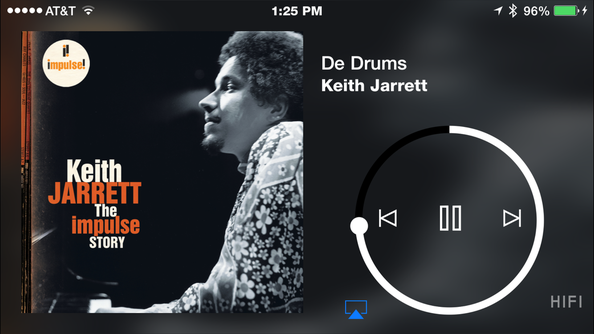

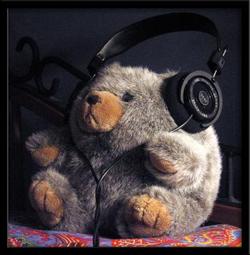
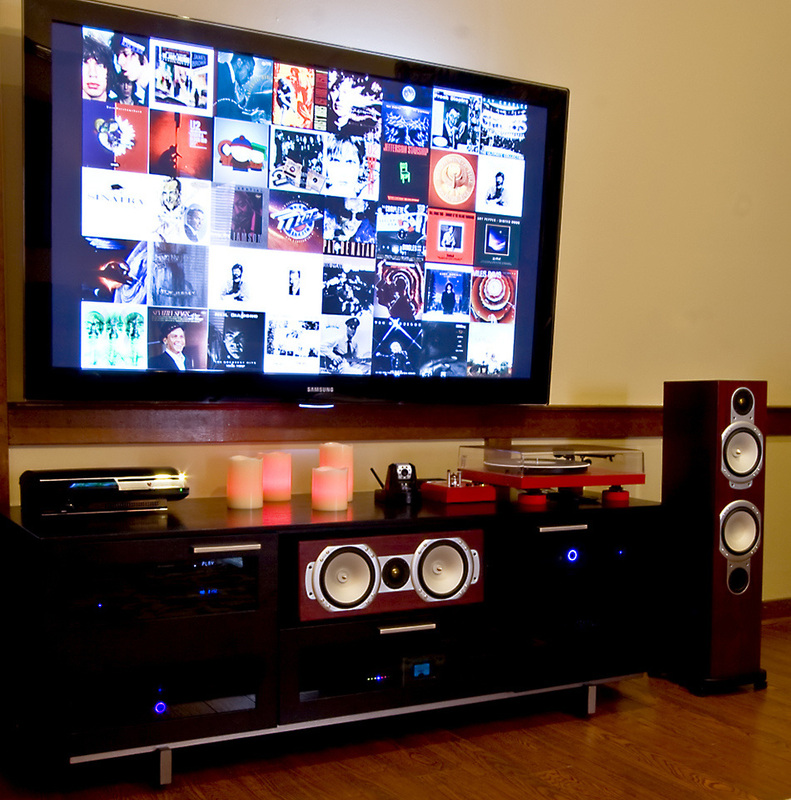
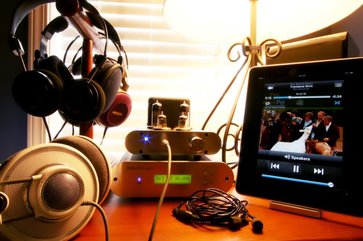
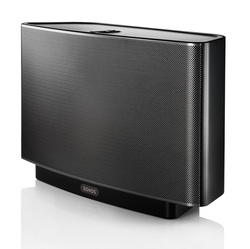
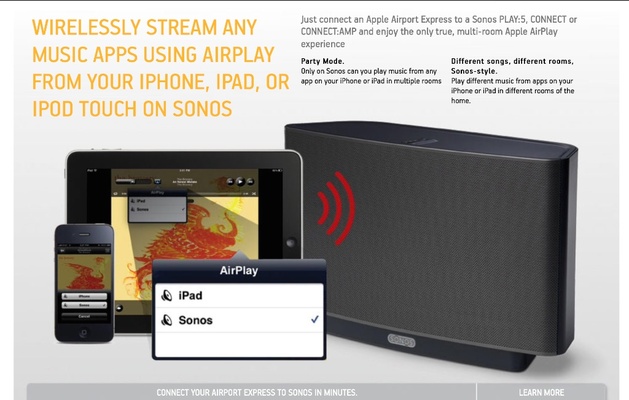
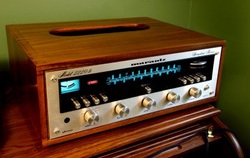
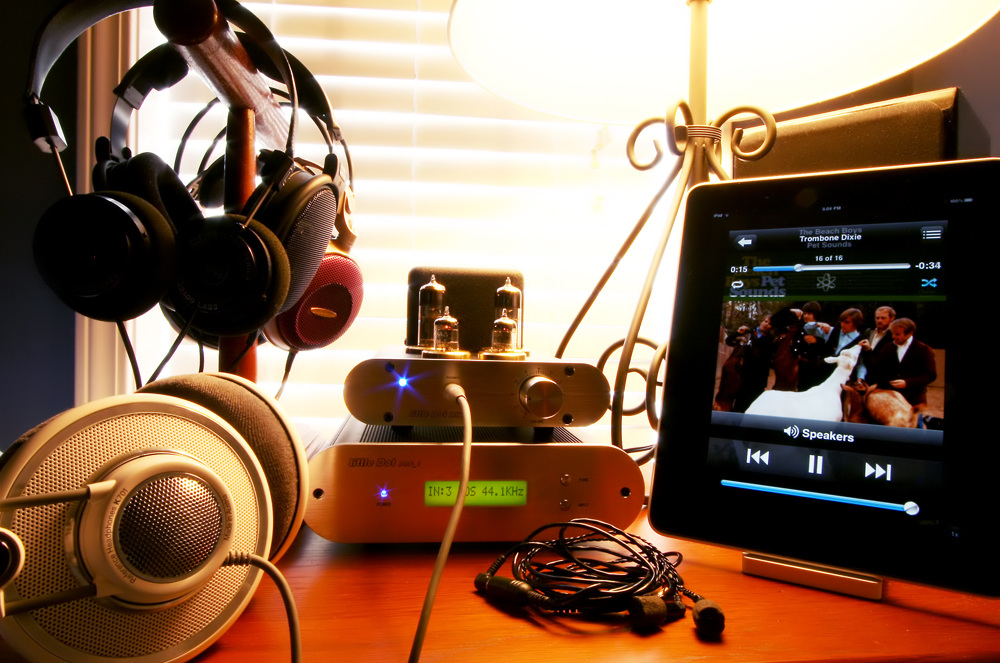
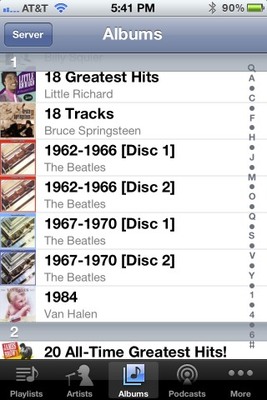
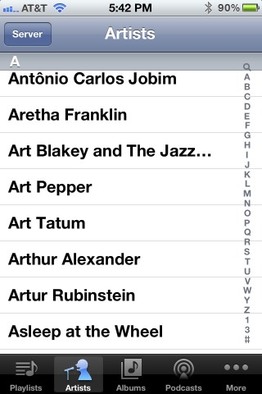
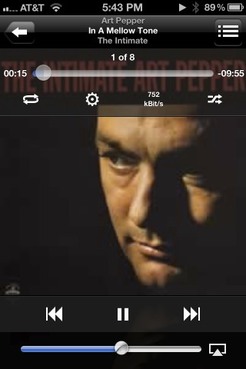
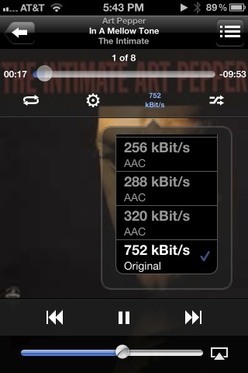
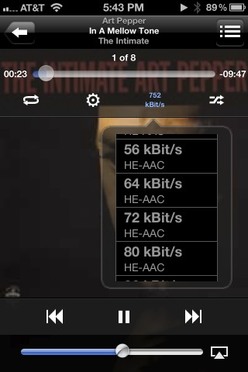
 RSS Feed
RSS Feed